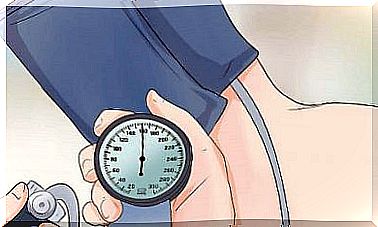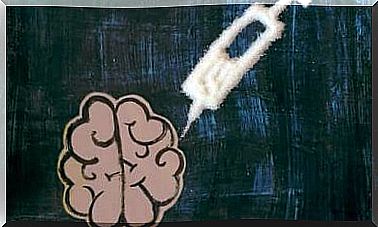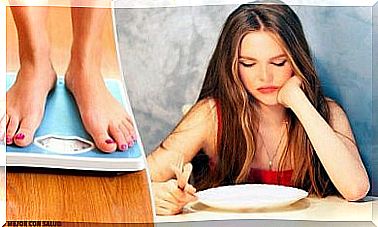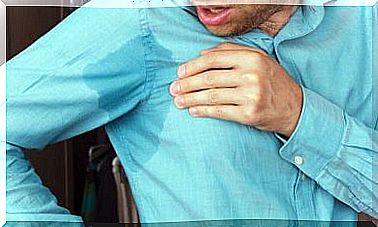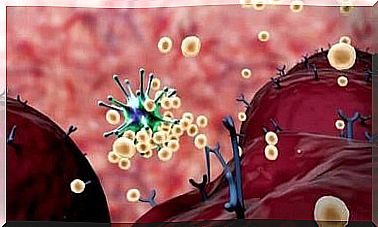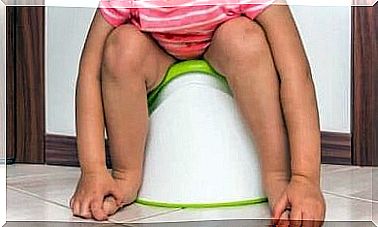10 Myths About Breastfeeding You Shouldn’t Believe
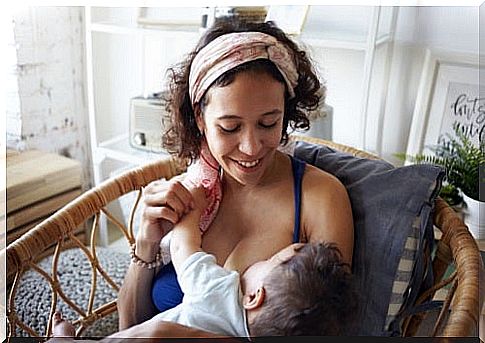
A whole new world unfolds in the lives of new mothers. Being aware of this, we want to share with you some myths about breastfeeding that you should not believe and the recommendations indicated by specialists.
The importance of breastfeeding babies up to the age of at least 6 months is clear. Breastfeeding should start in the first hour of life, according to the World Health Organization (WHO). This guarantees children all the nutrients they need and strengthens their immune system.
Myths about breastfeeding
Myths about breastfeeding that you should not believe if you want to feed your children in a healthy way have their origin in ignorance and unfounded fears. At other times, economic interests try to favor artificial feeding over natural feeding.
These false beliefs do not seem to take into account scientific studies, which over the years have provided correct answers. Let’s see what are the 10 most common myths about breastfeeding, which you will encounter at some point in raising children.
1. Breastfeeding hurts a lot
Pain is not synonymous with breastfeeding; rather it is a sign that something is wrong. At first, it may be normal to ache a little if your breasts are very full of milk. But once you start breastfeeding constantly, it shouldn’t hurt.
You should check to see if it is not a bad grip on the baby’s nipple. Sometimes the pain announces an infection or other problem in the breast, for which it is good to consult a family doctor.
2. There are some foods allowed and others restricted during breastfeeding
All foods are allowed to the mother, who must have a balanced diet during breastfeeding. This means that, although you can eat everything, the ideal is for portions of fruits, vegetables and protein to be optimal.
The variety of foods translates into a variety of flavors for the baby, which is prepared for the next phase: complementary feeding. Therefore, you can seek advice from a nutritionist.
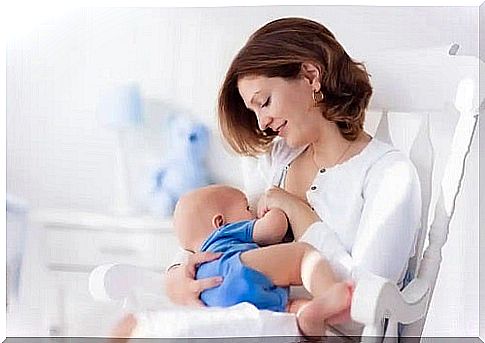
3. Big breasts have a lot of milk
Or vice versa: small breasts do not have milk. It is false. The size of the breast does not determine how much milk the mother will produce. Other factors that have nothing to do with volume influence lactation, such as breast stimulation by aspiration.
4. Breastfeeding will cause the breasts to sag or deform unevenly
Breast changes begin to appear during pregnancy. In addition to weight gain, breast size changes.
As for letting go, it does not appear because of the baby’s sucking. It appears as a natural evolutionary process, associated with age, sudden changes in weight or genetics. Breastfeeding is not associated with breast deformity.
5. There must be fixed meal times
Breastfeeding on demand and without restrictions is the suggestion made by pediatricians. Babies have the ability to self-regulate and, little by little, you will find out if their crying occurs because of hunger.
At first, you will have to breastfeed every 2 hours or less. If the baby is crying, breastfeed him.
6. The baby should suck the same from each breast
There is no set time to empty your breasts. This is another myth of breastfeeding that you should not believe. When breastfeeding, alternate breasts, but do not bother to measure time.
Sometimes breastfeeding will end faster, other times harder. In any case, when you are finished, help the child to eliminate the gases. If he falls asleep while breastfeeding, do not wake him.
7. The breast pump completely drains the breasts
It is false. Of course, it is not a substitute for the baby’s suction force. However, the breast pump can be an ally at some key times when you cannot breastfeed and your breasts are full of milk.
Also, when you start work and want to continue exclusive breastfeeding, you can milk the milk and keep it in the refrigerator.
You can alternate morning feeding with your partner, who can give your baby a bottle of breast milk. On the market you will find a variety of products that suit all needs.
8. Aqueous milk is not nutritious
Breast milk has different densities and types. The first can be more liquid, and the one that comes out at the end of emptying the breasts is thicker due to the fat.
Any milk provides the baby with the nutrients it needs. Your milk is the best option for the baby.
9. If you become pregnant when breastfeeding your first baby, you should stop breast-feeding
If you are pregnant and do not want to stop breastfeeding your first baby, there is no problem. You will not lose the pregnancy and you will not have a premature birth. There is no evidence to support this argument.
On the contrary, there are benefits to breastfeeding in tandem. So, if you have the energy and will to breastfeed two babies at the same time, ignore these myths about breastfeeding.
10. You cannot breast-feed two children of different ages at the same time
This is false. Tandem breastfeeding is associated with greater weight gain in the newborn, as the first child has constantly stimulated the mother’s milk production.
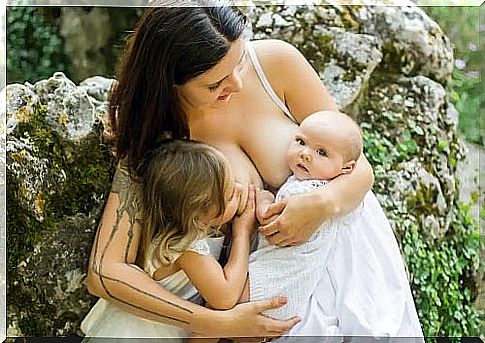
Don’t believe these myths about breastfeeding
The best food will always be breast milk and no myth can be strong enough to make you give up if you want to breastfeed. Read the data provided by the World Health Organization in the book “Feeding Infants and Young Children”, published in 2010:
The research offers important recommendations based on scientific studies that will surely be of great use to you. If you want to offer exclusive breastfeeding, don’t listen to these myths about breastfeeding!
